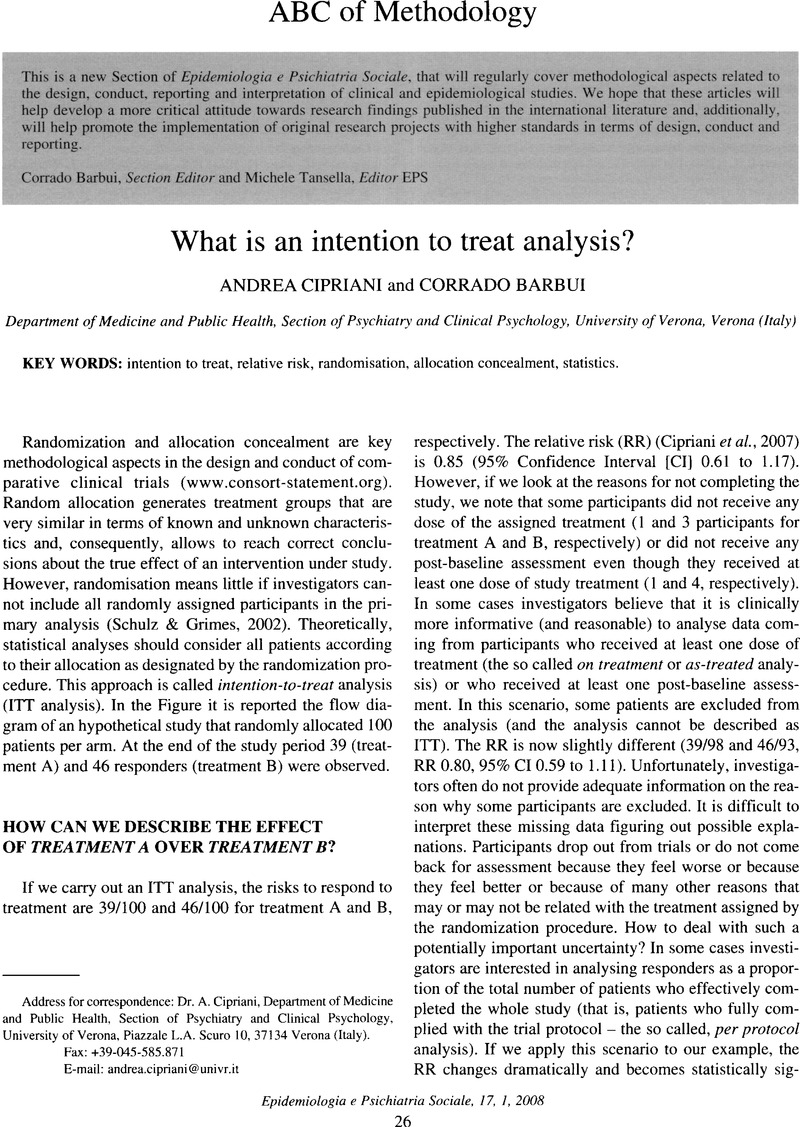Crossref Citations
This article has been cited by the following publications. This list is generated based on data provided by Crossref.
Hussein, Ali
and
Aziz, Peri
2008.
The Incidence Rate of Breast Cancer in Suleimani Governorate in 2006: Preliminary Study.
Journal of Zankoy Sulaimani - Part A,
Vol. 12,
Issue. 1,
p.
59.
Cipriani, Andrea
Rendell, Jennifer
and
Geddes, John R
2010.
Olanzapine in the long-term treatment of bipolar disorder: A systematic review and meta-analysis.
Journal of Psychopharmacology,
Vol. 24,
Issue. 12,
p.
1729.



